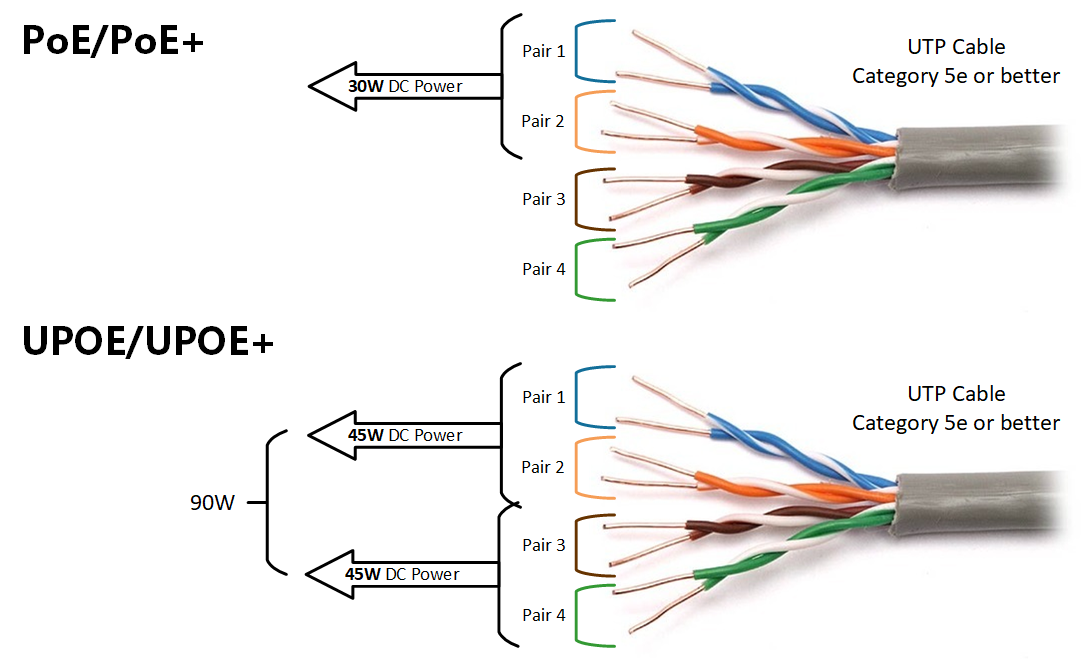































 HPE
HPE A little less than a year after it was installed on the International Space Station, HPE's Spaceborne Computer-2 (SB-2) has already successfully completed 24 research experiments, HPE said Monday. Using the powerful SB-2, HPE's partners used AI to inspect astronaut gloves for dangerous flaws, enabled 3D priting in space, and used AI to analyze satellite imagery of Earth.
The experiments demonstrate the way advanced in-space computing systems can help astronauts analyze data without having to send it back to Earth. Building AI-enabled systems powerful enough for large real-time data processing -- and rugged enough to withstand conditions in space -- will help astronauts become more self-sufficient as they travel to the Moon, Mars, and beyond.
The experiments demonstrate "new possibilities for space exploration and milestones for humanity," Dr. Mark Fernandez, HPE's Spaceborne Computer-2 principal investigator, said in a statement.
The SB-2 was launched into space in February 2021, after its predecessor, the HPE Spaceborne Computer, finished a successful proof-of-concept mission on board the ISS. The HPE systems are designed to withstand the harsh physical conditions of space -- variables like radiation, solar flares, micrometeoroids, unstable electrical power, and irregular cooling. The SB-2 offers twice as much compute speed as its predecessor and is equipped with GPUs to efficiently process image-intensive data, such as shots of polar ice caps on earth or medical x-rays. The GPUs also support specific projects using AI and machine learning.
In one of the SB-2 experiments, NASA and Microsoft developed a glove analyzer AI model to detect damage on astronaut gloves. These gloves are used on spacewalks, when astronauts are repairing equipment or installing new instruments on the ISS. The AI model was used to quickly analyze photos and recorded video taken in space of recently-worn gloves. If damage was detected, an AI-annotated photo was generated in space and immediately sent to Earth, highlighting areas for further review by NASA engineers.
Another experiment focused on 3D printing, which could help astronauts repair or build new equipment on long journeys. Researchers from Cornell University developed a modeling software that can simulate 3D printing of metal parts and even predict any failure or deformation that may result from printing in the harsh conditions of space. The software was successfully tested on SB-2, validating that it can be used in space to digitally simulate a part and understand how it will perform in reality.
Meanwhile, NASA Jet Propulsion Laboratory (JPL) used SB-2 to test deep learning inference networks designed to analyze images from Earth after a disaster. JPL observes Earth from space to study science and climate, as well as to support response efforts after disasters like floods and hurricanes. Studying satellite imagery on board future spacecraft could help with rapid assistance.
 Hot Tags :
Innovation
Space
Hot Tags :
Innovation
Space